
Challenges & Strategies
Reflect on a moment or a period from your childhood when you went through a challenging transition (if you’re with a group, you might share with others).
Reflect on a moment or a period from your childhood when you went through a challenging transition (if you’re with a group, you might share with others). What made it tough? What did you need to hear from adults, and what else did you need from them? How did you get through it? In what ways did the adults around you support you? How might they have been more helpful?
Watch this video, paying close attention to the strategies you see Adriana using.
Watch this video segment, then write down (or describe to a colleague) the benefits of routines and predictability. Then reflect on a routine that a family you work with experiences every day. What aspects of that routine might help children feel more secure? What choices might the child have within that routine that might offer a greater sense of control and confidence?
As you watch this segment, notice how Adriana observes, interprets, and comments on her children’s behavior as they play.
Then consider a child you work with, and bring to mind some of their behaviors (challenging or otherwise) that may signal something you don’t know about. Ask yourself: “What do I know about it what’s going on here? What do I not know?” “What questions can I ask the child of the adults in their lives that may give me insight?”
Consider how you might bring Adriana’s strategies and ideas into your work (if you’re with colleagues, share your thoughts with each other).
Ask yourself: What items seem important to the children you work with? How have they shown you their value? As you watch this segment, consider how you might convey to foster parents the meaning and importance of comfort items (blankies, stuffed animals, pieces of loved one’s clothing, and so on).
Think about how you might ensure children’s comfort items move safely from placement to placement, and how to pass along information about them when children are too young to do so themselves. (for instance, “he calls this blankie ‘night-night’” or “she’ll cry in her car seat unless she holds this bear.”)
Then, recall what Adriana said about photos, and how she and her son looked through his photo album. Consider the benefits of parents compiling an album with children’s narratives:
- Looking at photos can help adults and children ease into difficult conversations.
- Photos are concrete, as opposed to the abstract ways children may have had things explained to them.
- A photo album can tell a child’s story in a more coherent way, giving some narrative to an otherwise disorganized or chaotic story.
The STAND Model
Print this page describing Adriana’s STAND model. Consider how you might use these guiding questions to consider what children in foster care need from adults in order to feel safe and comfortable. You might post this at your desk or in a common area for colleagues to see.
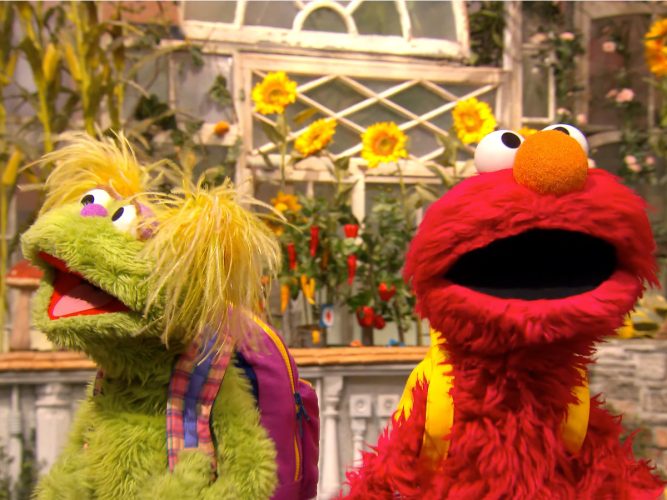
The World Sings to You
A song about listening.

Talking About It
Suggested answers to children’s most difficult questions about foster care.
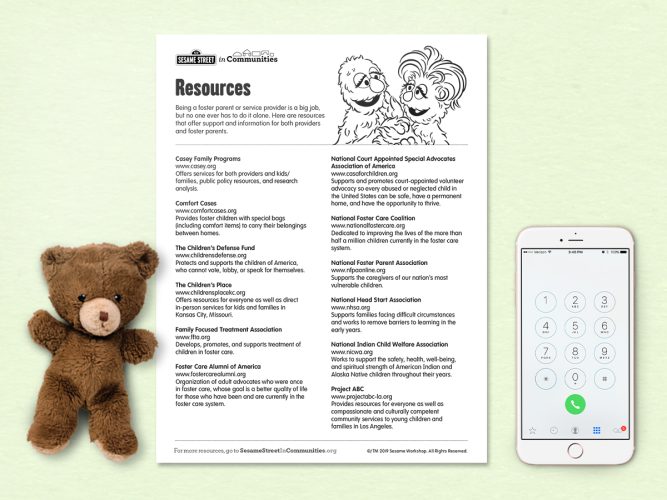
Foster Care Resources
Resource sheet for providers and parents working within the foster system.
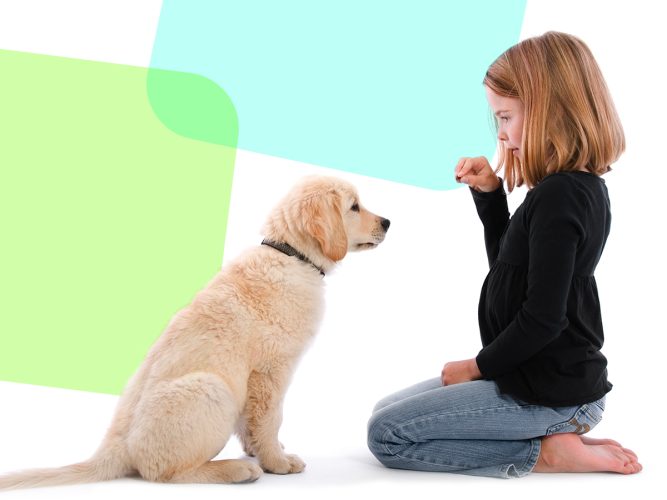
The Creature Connection
How the human-animal bond can help heal.
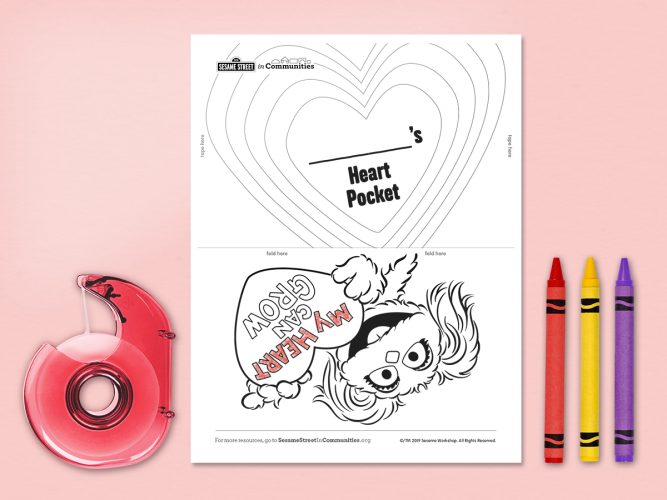
Heart Pocket
Here’s an activity to remind children that they do not lose their memories when they’re separated from those they love—they carry their memories in their hearts.
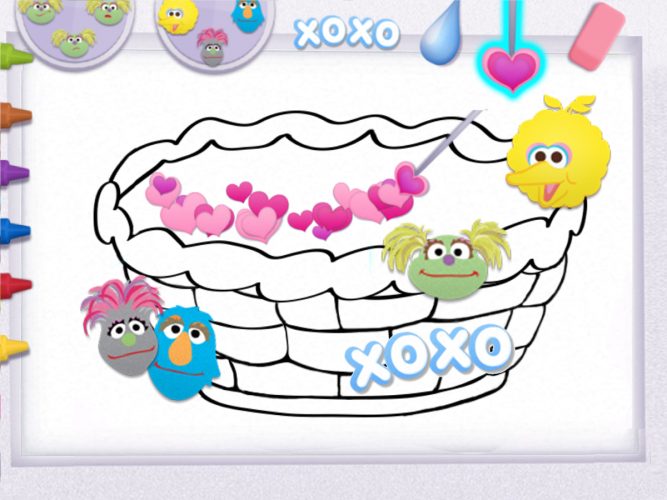
Digital Art Maker: Draw It Out! Foster Care
Digital, open-ended drawing activities to help children with expressing feelings.
